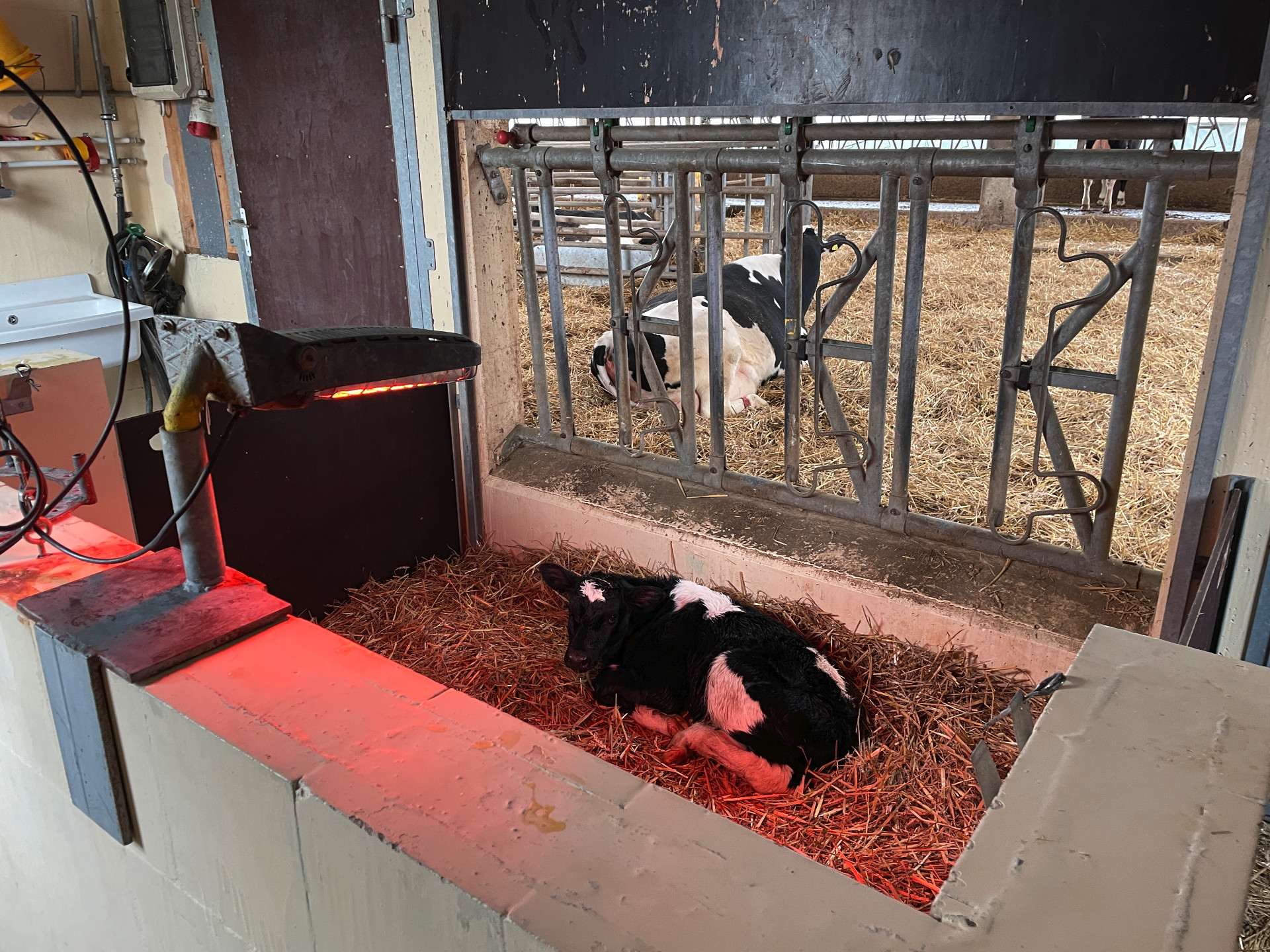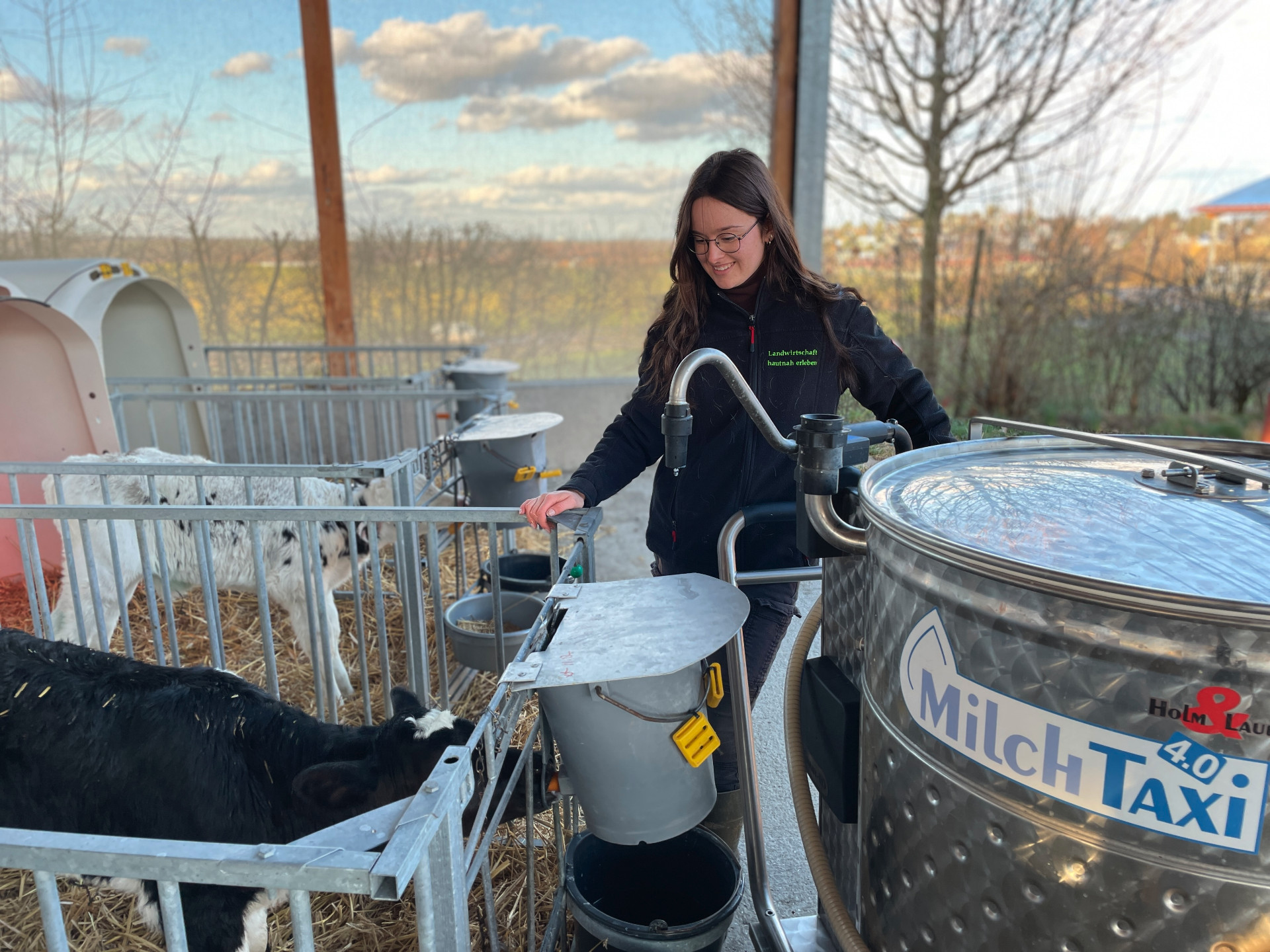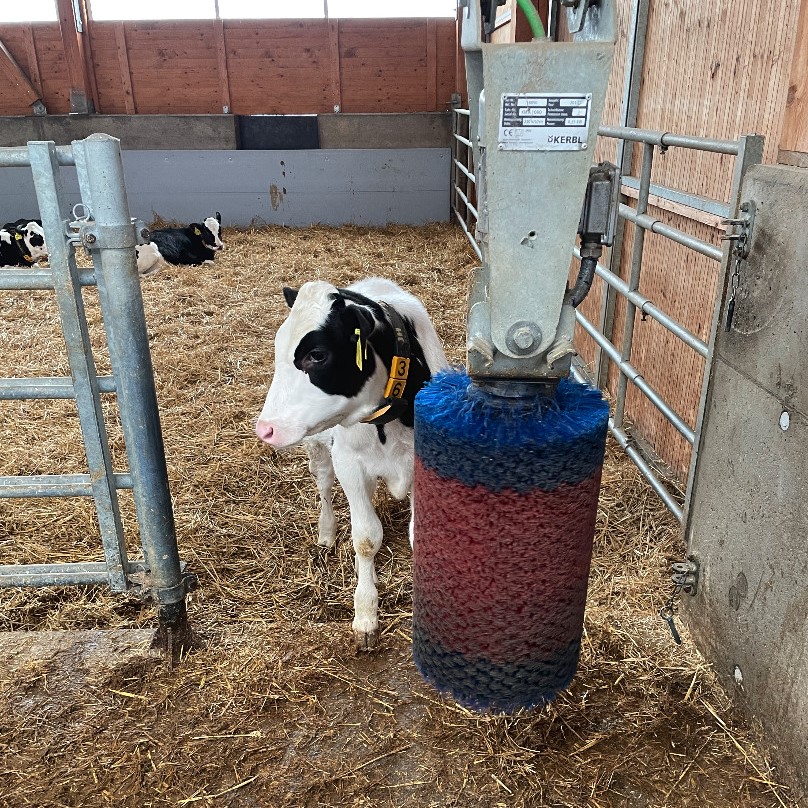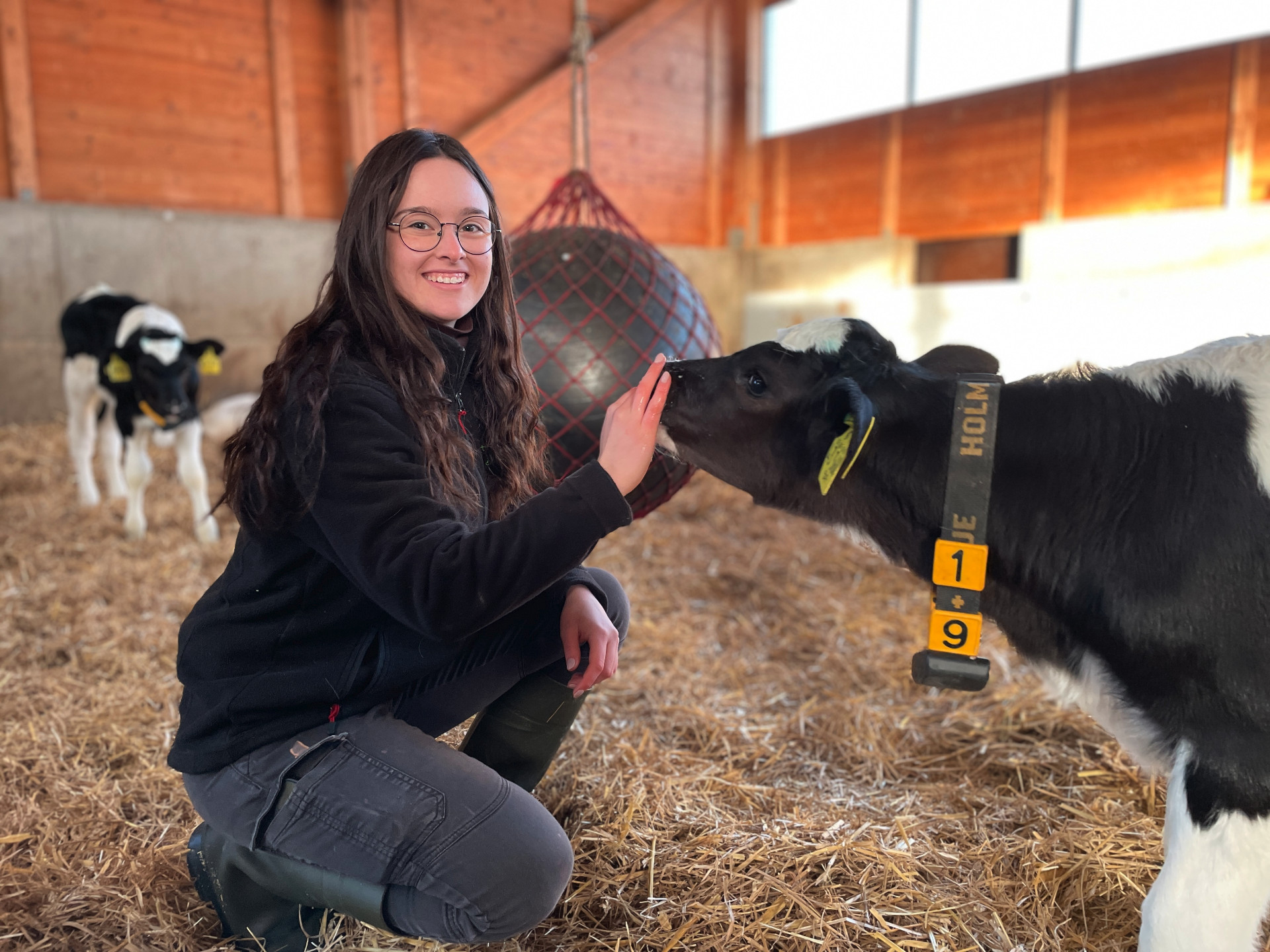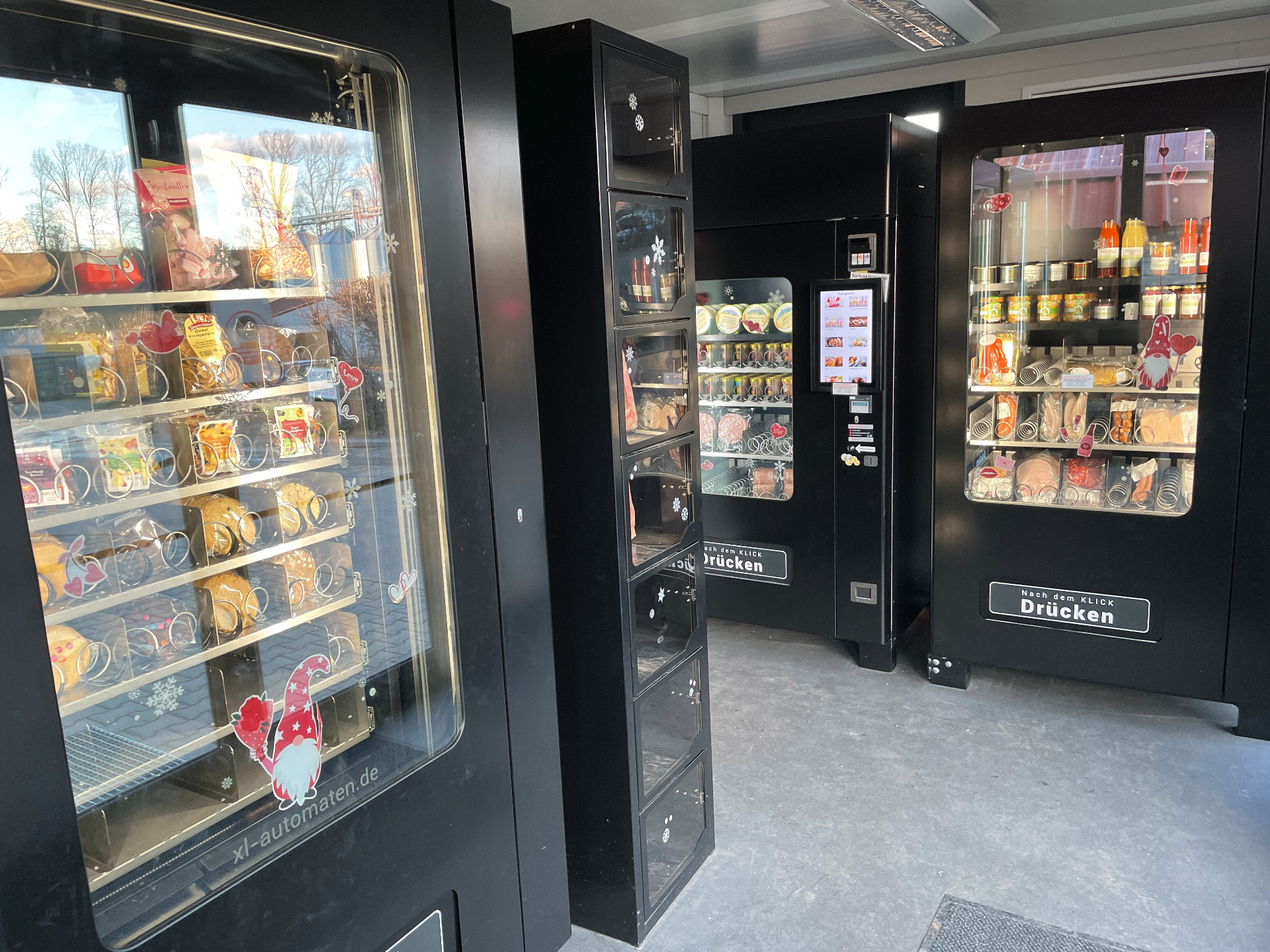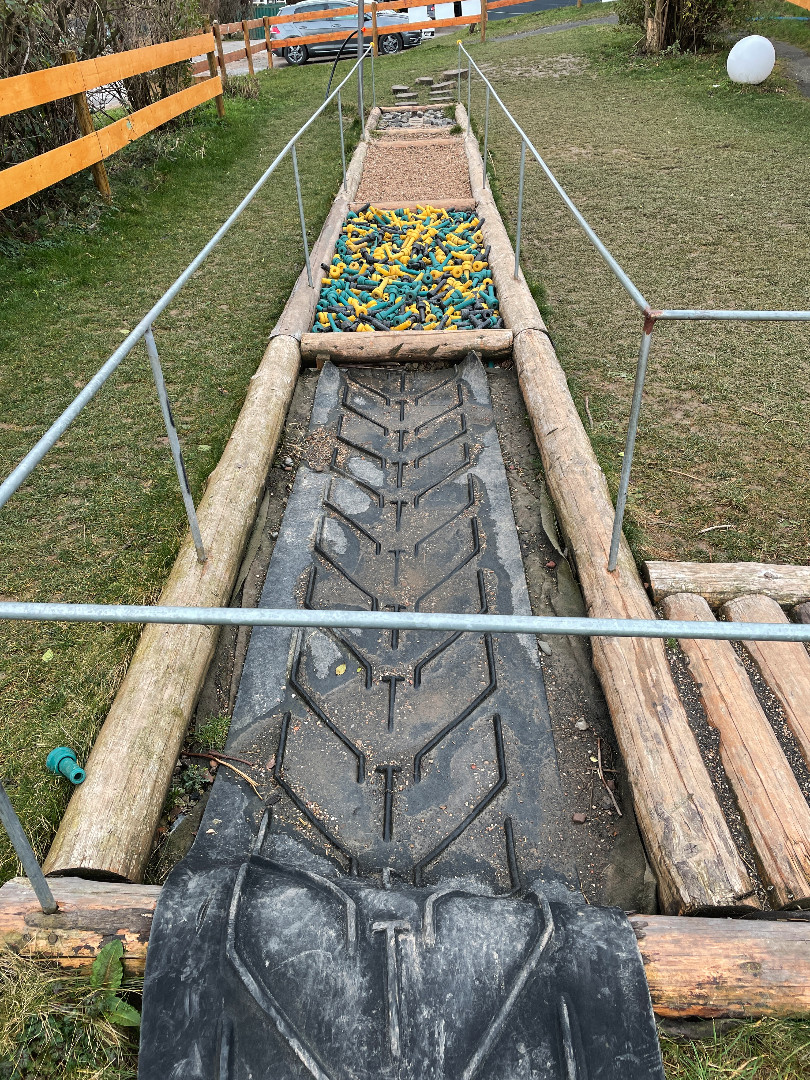Passionate about calves, cows and social media
3. März 2022 — General Information, Weights, Calf Feeding, Practice report, Calf feeders — #Family #Calf Health #Passion #Management #MilkTaxi #Public relations #Practice report #Social media #Animal weighing scales #Calf feeder #GainsThe Karlshof farm in Rossdorf, Hesse
Karlshof has 330 dairy cows and a total of 680 animals. Leonie Dörr is responsible for managing all animals on the 200 ha farm. Her father Michael gives her a largely free rein while he takes care of feeding the animals. Leonie's mother is in charge of feeding the calves. The operation also has two permanent farm hands, two trainees, and another temporary employee.
The farm is located in a heavily populated region just outside Frankfurt in the state of Hesse. Karlshof is opening up to the public through extensive public relations work in order to promote both itself and agriculture in general.
This article is about
Calf rearing deluxe
The calves are placed in a cuddle box immediately after birth, i.e. they are removed from the calving pen, but can still be reached by the cow through the feed fence. The calf is given initial care in the specially equipped enclosure, including the administration of 4 litres of colostrum.
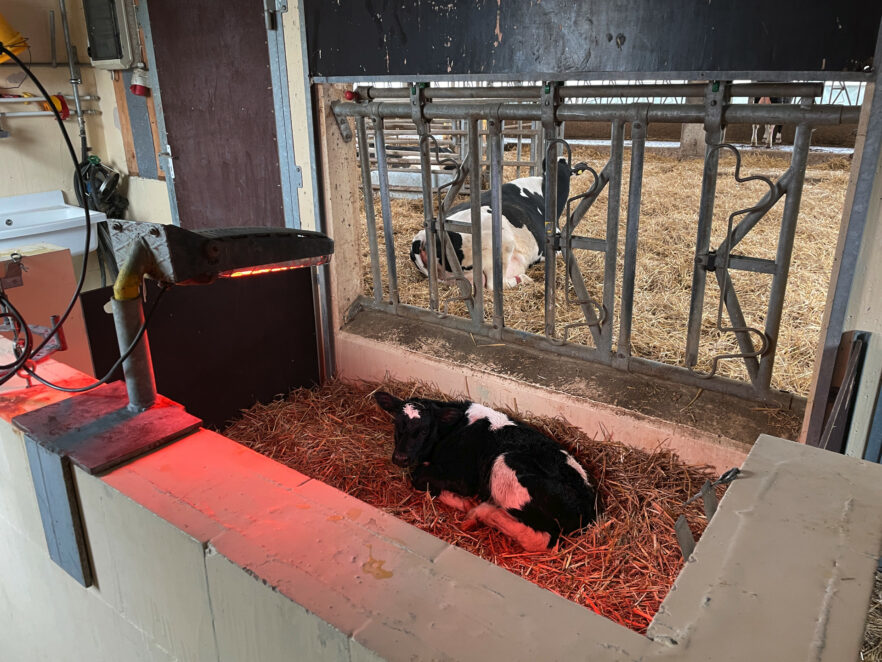
As soon as the calves are dry, they are placed in individual igloos, which stand in three rows with roofs and are dry and offer protection. Karlshof offers its calves an ideal start with plenty of straw and excellent hygiene. "If necessary, we hang a heat lamp in the igloo for the calves," Leonie reports.
"We use the MilkTaxi to feed a mix of high-quality milk replacer with at least 50 % skimmed milk powder and acidified transit milk from our calved cows. In the process, we increase the amount of milk fed from the MilkTaxi with the Smart ID feed curve to 2 × 4.5 l per day." The calves are given water and a home-mixed dry DMR from day one.
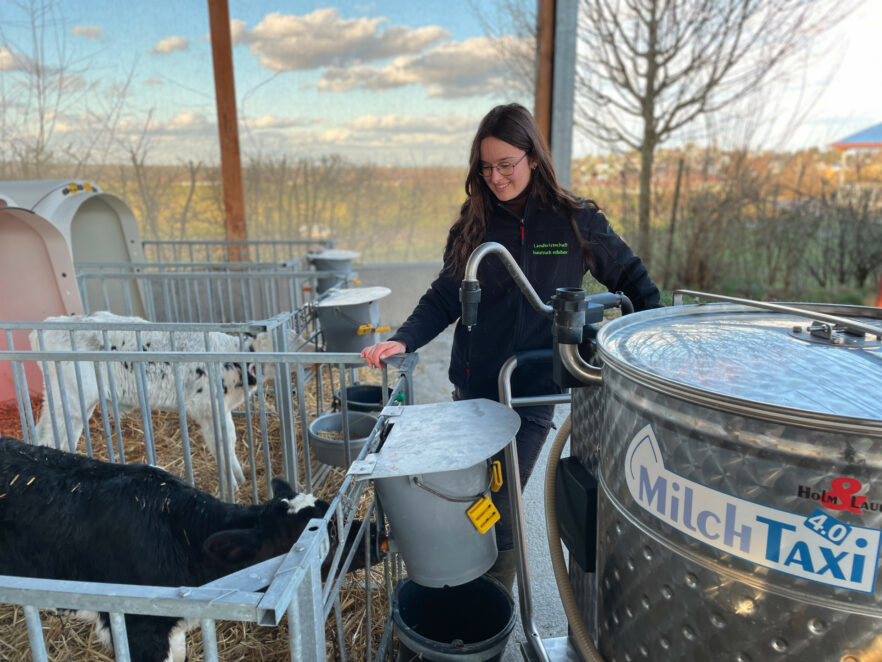
Leonie's experience has taught her that dehorning works best just before moving the animals into the group pen and at the calf feeders. "In the morning, after the first full meal of the day, I sedate the calves and dehorn them. In the evening, they are so fit again at the next meal that they drink the full amount of milk. In the past, when we used to dehorn the calves in the group pen, it was stressful for the animals and for us humans. Besides, the calves also didn't always draw the full daily quantities, which put additional strain on them."
After dehorning on Fridays, the calves are now placed in the group box on Mondays at the age of about 3 weeks. "We always put two calves together, because they build up a very close bond with each other when they are rehoused and then remain friends for life. I still see them coming into the milking parlour together later as cows and I try to make sure that the pairs always stay together. It doesn't cost me any money and I think that contented cows in a good social environment are less prone to problems," says Leonie with conviction.
Leonie likes rehousing at three weeks very much: "Before, at 2 weeks, rehousing happened at a time when some calves might also have had problems with diarrhoea. So we now have fewer problems with it."
The calves in the group pen are fed 175 g/l water (approx. 15 % dry matter) and 9 l per day from the H&L 100 calf feeder. When it comes to training, Leonie follows a certain philosophy: "Instead of also offering the calves 4.5 litres from the calf feeders, they only receive about 3.4 litres per visit here. They then still have a credit for a full meal after their first training session and can collect it themselves. What is also important for me is that we are calm and patient when training the calves. The calves then associate their visit to the station with a positive experience."
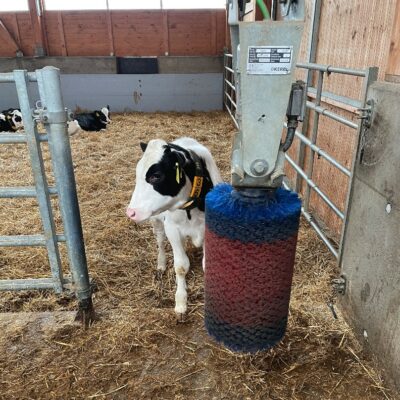
"We feed them 9 litres until they are 66 days old and then slowly switch to water in 0.2 litre increments per day. The calves are fully weaned by the time they are about 90 days old. However, many calves are weaned from the milk much earlier because they have grown faster, since we also use the animal scales in the feeding stations. Using this method, we achieve daily gains of well over 900 g."
Rotating calf brushes and large balls are installed in the pens. The calves love this and play a lot with both elements. This is yet another sign of the focus on animal welfare at Karlshof.
Leonie's thoughts about the future
What would you do differently in your calf rearing if you could start from scratch?
"I think I would keep the calves in the individual igloo until they are 4 weeks old, even if it is a bit more difficult to train them on the feeder. I also find keeping pairs in two-animal igloos very interesting. Later, I would make the groups smaller when keeping them in groups. For example, 6 calves in a pen to minimise the age gap. But I don't see the point of feeding the group without a feeder. I would continue to feed with the calf feeder. We save working time, it's much more convenient for the calf and the monitoring of daily gain and slow feeding are very important for me."
A first step has already been taken: the new CalfExpert feeder will arrive in spring 2022 and replace the current H&L 100. The Dörr family is particularly looking forward to the extended data evaluation options available with the CalfExpert.
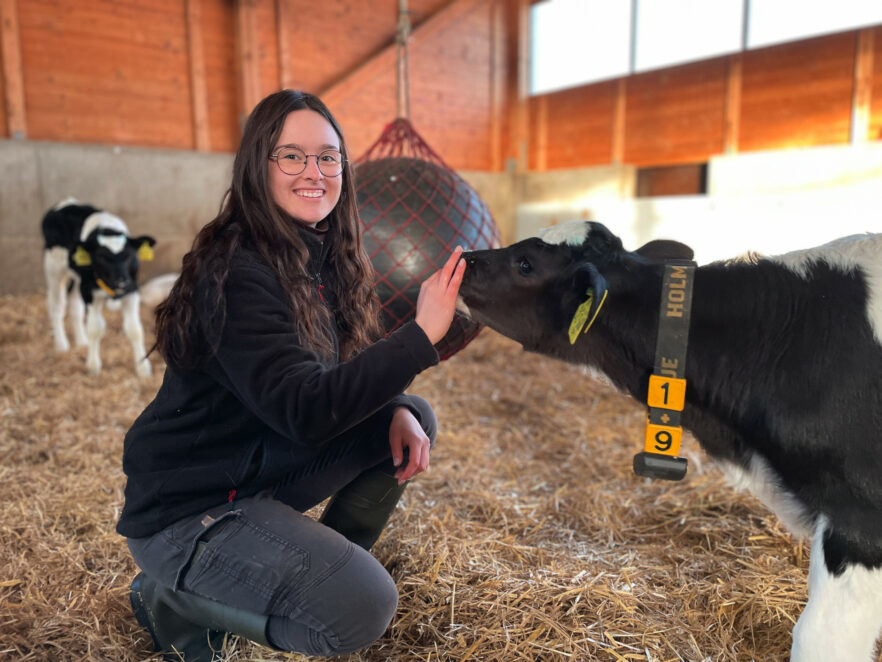
Exceptional public relations
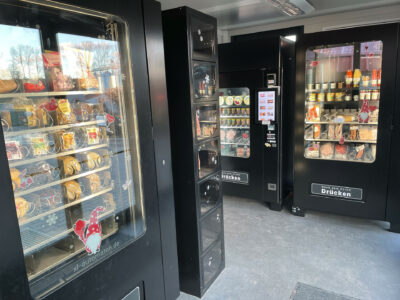
The special thing about the Karlshof is that, in addition to 24-hour sales, many people visit it every day between 11 am and 7 pm. This is not just about selling regional products, but about improving the image of the Karlshof farm and of agriculture in general. "Consumers are free to move around and look at everything we do. We want to bring people closer to real-life farming," says Leonie.
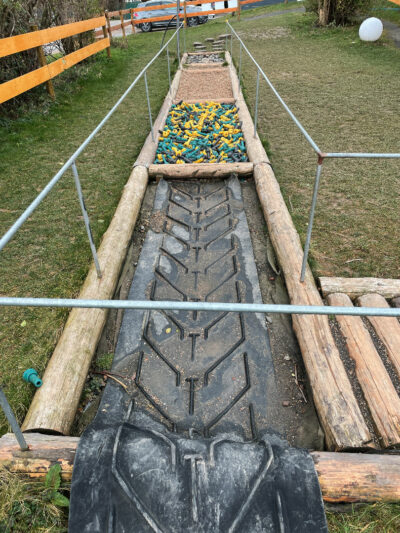
More than 100 products such as dairy products, soups, meat products, salmon, potatoes, eggs and hand-baked cookies from the region and neighbouring farms are now sold from a number of self-service machines. In particular, families with children avail themselves of this offer and up to 200 people come to the farm at weekends to play in the playground, cuddle with goats or experience agriculture with all their senses in the barefoot park.
An important area is also Leonie's work in social media. Every day she posts content from her work with the cows and calves on Instagram and Facebook. "I always make sure that it is realistic and that I motivate people to come and see it here for themselves. And I'm especially happy when families make plans on Instagram to meet up and play on our farm," Leonie reports enthusiastically.
"We have a very good relationship with our neighbours and consumers. This makes our work easier and brings additional pleasure into our daily routine, for example, when someone gives us a friendly wave when we are driving the slurry," says Leonie, acknowledging her success.

